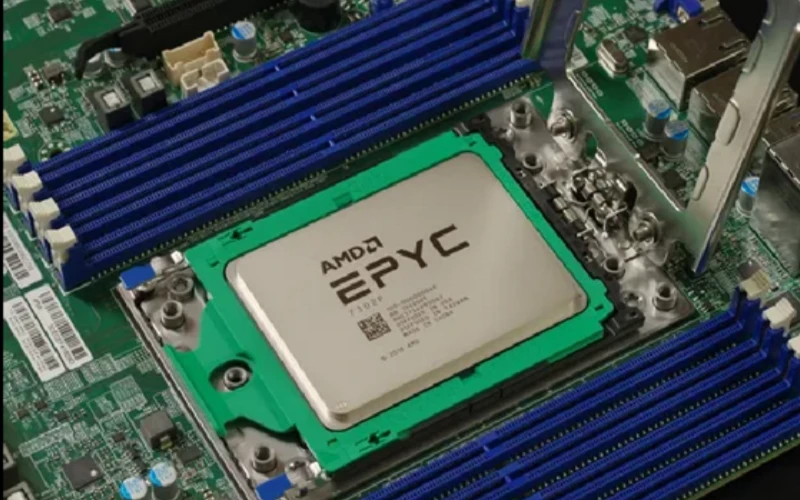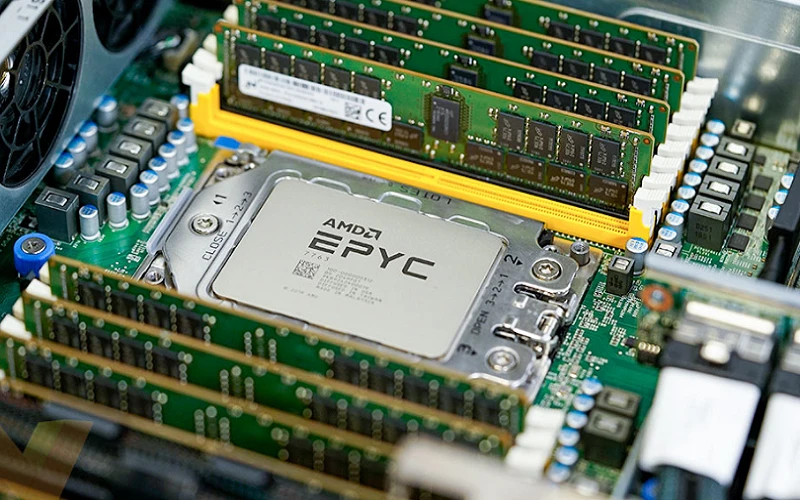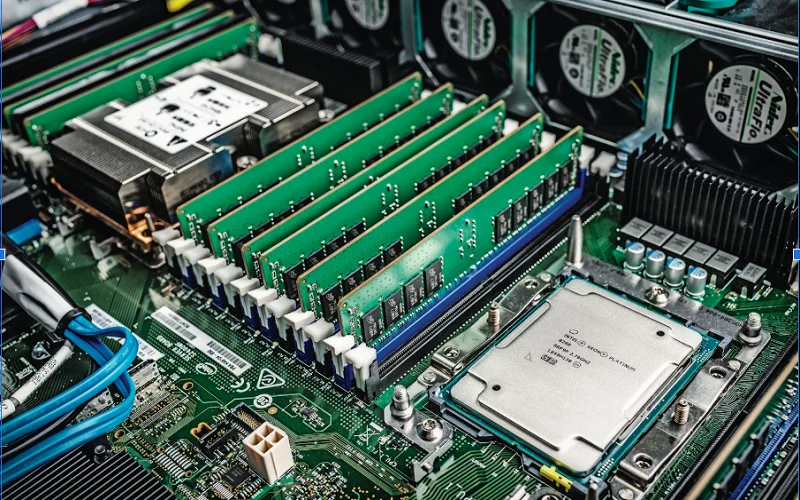When it comes to running a business in today’s tech-driven world, servers are the unsung heroes. They power everything from your company website to large databases and even cloud applications. If your server isn’t up to the mark, it’s like trying to run a marathon in flip-flops. It’s going to slow you down and wear you out.
Now, one of the most important decisions you’ll face when setting up your server infrastructure is choosing the right processor. And that’s where AMD comes in. Over the past few years, AMD has shaken up the game with powerful and affordable CPUs that can handle intense workloads, run multiple applications simultaneously, and still stay cool under pressure.
So, whether you’re a small startup looking for performance on a budget or a growing enterprise that needs to handle large-scale operations, AMD CPU-based servers deserve your attention. Let’s dive into the nuts and bolts of what makes these servers special, what they offer, and how you can get the most out of them.
Why AMD is Making Waves in the Server Market
Let’s be real, Intel used to be the default choice for server processors. But AMD has stormed into the spotlight, especially with its Ryzen and EPYC product lines. These processors deliver high core counts, better performance-per-dollar, and improved power efficiency. That’s not marketing fluff; it’s backed by real-world performance tests and customer feedback.
Unlike traditional server setups that often favored raw clock speed, modern workloads benefit from multiple cores and threads. AMD processors typically offer more cores at a better price point than their competitors, making them ideal for multitasking, virtualization, and cloud services.
What Are AMD Based Servers?
In the simplest terms, these are server systems built around AMD central processing units. But they’re much more than just a processor slapped on a motherboard. These servers are designed to squeeze out every drop of performance from AMD’s architecture, offering high memory bandwidth, faster input-output options, and greater scalability.
With these capabilities, businesses can run demanding applications like AI analytics, big data processing, and large-scale virtualization without breaking the bank. So, if your business needs power and flexibility, these servers are a smart bet.
Advantages of Choosing AMD Servers
Alright, let’s get into the juicy stuff. What exactly do AMD servers bring to the table?
1. High Core and Thread Count
AMD CPUs typically offer more cores and threads than similarly priced Intel chips. That means more processing power, more multitasking ability, and better handling of modern workloads.
2. Excellent Value for Money
Performance is great, but what about the budget? That’s where AMD shines. You get premium-level performance at a mid-range price, making it a cost-effective option for businesses of all sizes.
3. Advanced Security Features
Security is a big deal, especially if you’re handling sensitive data. AMD’s architecture includes built-in security tools like Secure Memory Encryption (SME) and Secure Encrypted Virtualization (SEV), offering an added layer of protection without performance penalties.
4. Energy Efficiency
Power bills can eat up a large chunk of your IT budget. AMD servers are designed to be energy-efficient, offering top-tier performance without guzzling electricity.
5. Flexible Configuration Options
Whether you need a single-socket server or a dual-socket powerhouse, AMD gives you the flexibility to scale according to your needs.

Use Cases: Who Should Use These Servers?
Still not sure if AMD is right for your setup? Here’s a quick rundown of who can benefit the most:
- Startups and SMBs looking for performance on a budget
- Data centers that require scalability and energy efficiency
- Developers who need reliable machines for coding and compiling
- Enterprises managing large databases or cloud infrastructure
- Researchers and engineers running compute-intensive simulations
Understanding the Architecture
AMD’s server processors, especially those in the EPYC line are based on the Zen architecture. This design allows for higher performance per watt and lower latency between cores. It also offers massive memory support and a high number of PCIe lanes, which is essential for connecting multiple storage devices and GPUs.
Performance Benchmarks: What the Numbers Say
Let’s talk about facts. AMD’s EPYC 7003 series processors, for instance, deliver up to 64 cores and 128 threads in a single CPU. When benchmarked against equivalent Intel models, AMD often comes out on top in multi-threaded workloads like:
- Virtual machines
- Scientific computing
- Video encoding
- Machine learning models
Even in single-threaded applications, AMD holds its ground thanks to higher IPC (instructions per cycle) performance.
Why Businesses Are Eyeing New AMD CPU Based Servers
With the growing demands of hybrid work, cloud computing, and big data, companies are realizing they can’t rely on yesterday’s technology. That’s why many are moving toward new AMD CPU based servers.
These modern server systems are designed from the ground up to support next-gen workloads. With improved thermal performance, better memory handling, and support for cutting-edge technologies like DDR5 and PCIe Gen 5, these servers future-proof your IT setup.
Plus, with more organizations adopting containerization and microservices, AMD’s multi-core advantage is a game changer. You get more “workhorse” CPUs running in parallel, which means fewer bottlenecks and smoother operations.
How to Choose the Right AMD Server
Okay, so you’re convinced AMD might be the way to go. But how do you choose the right one? Here’s a quick checklist:
1. Define Your Workload Needs
Are you running simple web applications or high-end simulations? Your answer will determine the number of cores and amount of RAM you need.
2. Plan for Scalability
Pick a server model that allows you to upgrade components like memory, storage, or even processors. Think long-term.
3. Check Compatibility
Make sure the server supports the software and operating systems you plan to run. AMD servers support a wide variety of environments, but always double-check.
4. Budget Wisely
While AMD is cost-effective, don’t cut corners. Invest in quality components and trusted vendors.
Common Misconceptions About AMD Servers
Let’s bust a few myths while we’re at it:
Myth 1: AMD is only good for gaming.
Reality: AMD’s EPYC and Ryzen Pro lines are built specifically for business and enterprise needs.
Myth 2: They aren’t as reliable as Intel.
Reality: Many top-tier data centers and cloud providers now use AMD-based systems.
Myth 3: Software compatibility is limited.
Reality: Most major operating systems and enterprise software support AMD platforms.

Conclusion:
As server demands grow, the tools you use need to grow with them. And AMD servers offer exactly that room to grow, space to evolve, and the muscle to power through tough tasks. Businesses large and small are switching over and experiencing real benefits in performance and cost savings.
Looking for the right hardware partner? That’s where Cloud Ninjas step in. They specialize in top-tier server systems and components tailored to your specific needs. Whether you’re upgrading or building from scratch, their expert team can help you find the perfect AMD-based solution.




